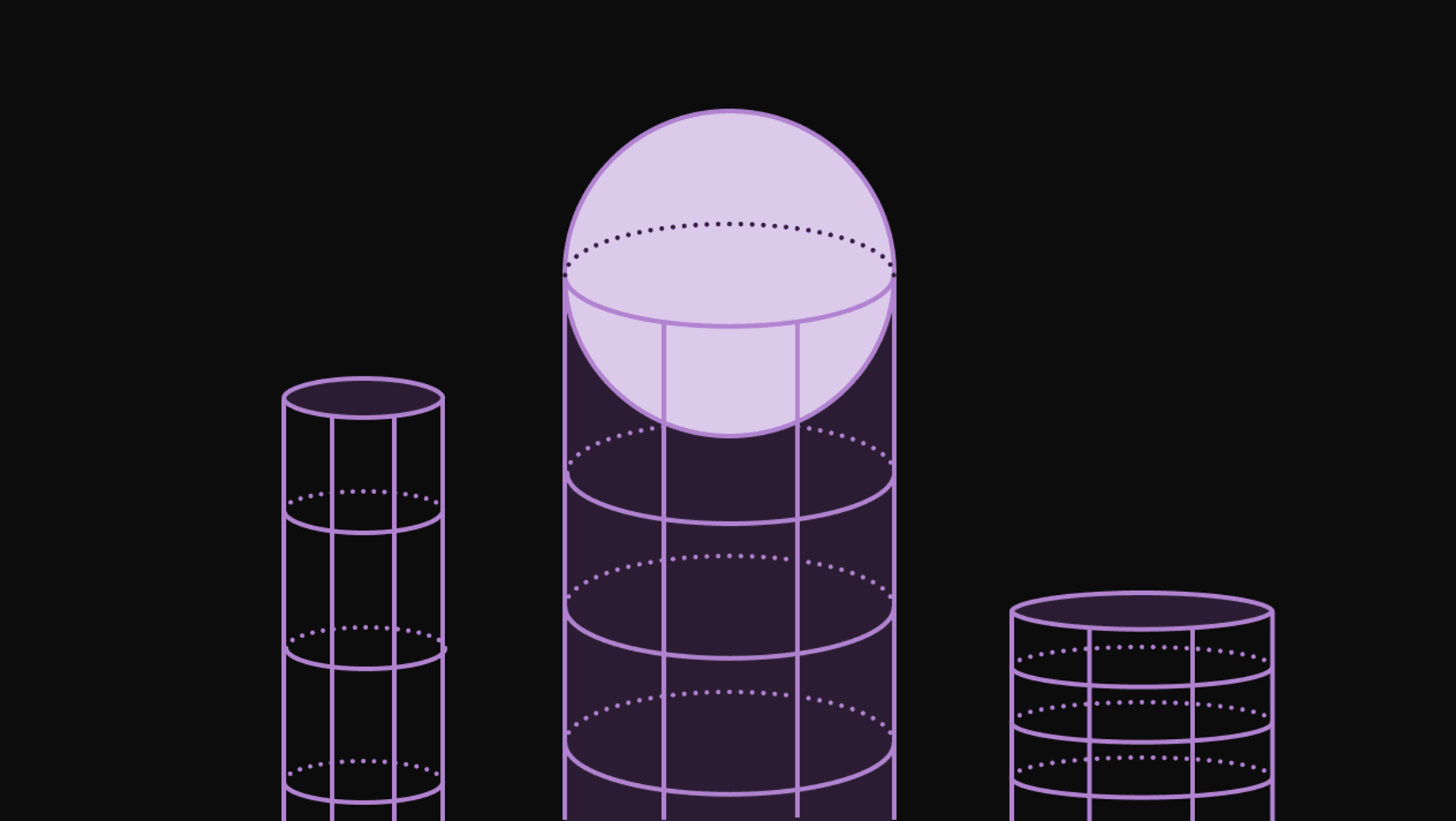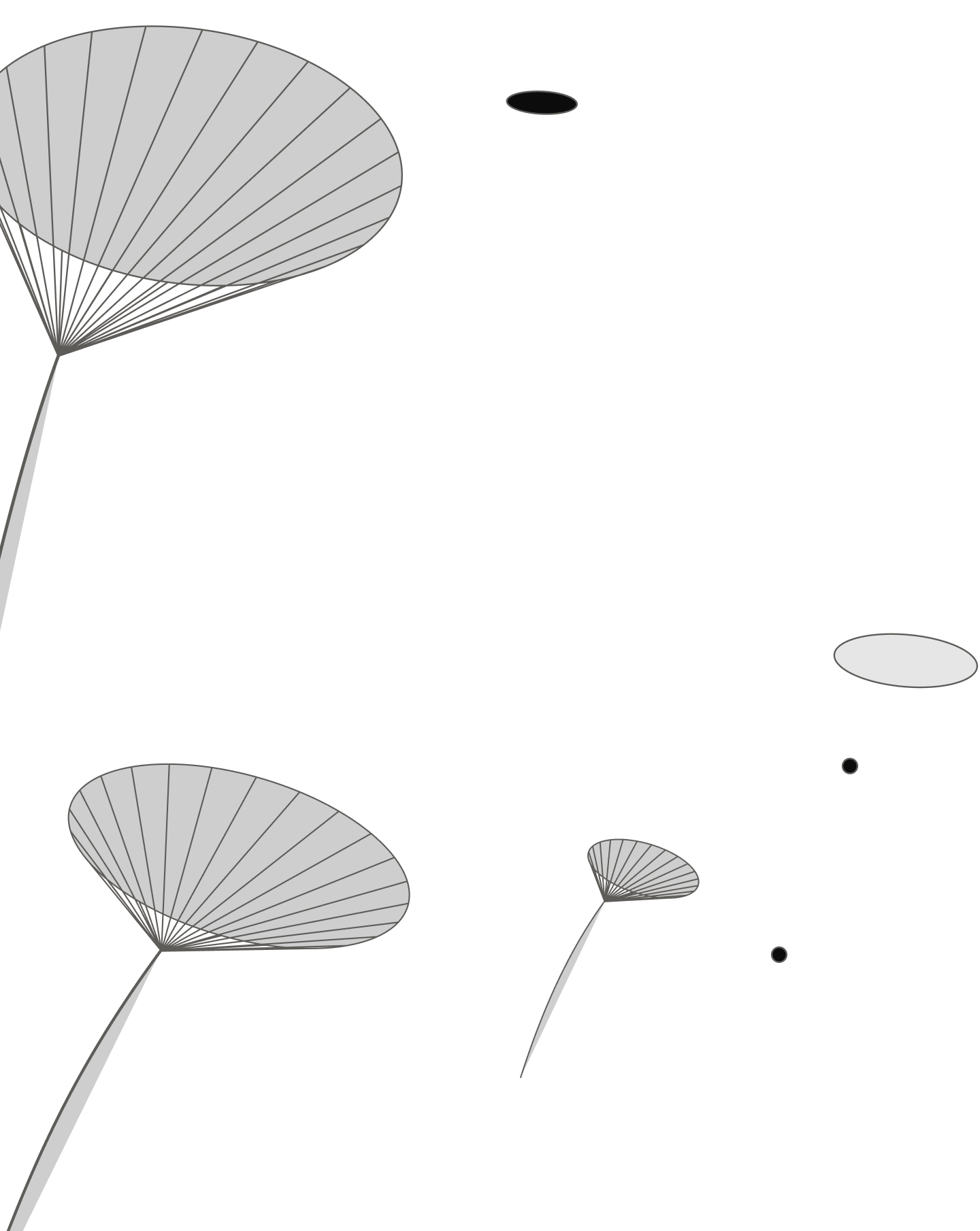Let’s name it: the markets are unsteady. Layoffs are happening. Budgets are shrinking. Teams are being asked to do more with less.
When things tighten, we tend to see two reflexes:
- Playing it safe: Budgets get slashed and risks feel dangerous, so you stick with what you know.
- The bold move: Rebrand, reposition, and go after new audiences. More verticals. More reach. More traction.
Neither is always wrong. But both can get messy, fast.
We’ve seen brands treat a rebrand like a fix-all when the real issue was strategy misalignment. And we’ve seen teams play it so safe, they stall out.
In either case, clarity suffers. The message gets fuzzy. And teams start spending valuable time chasing ideas that might not move the needle.
So what does it look like to stay bold and focused in a moment of pressure?
First: Know the difference between a rebrand and a realignment
A new logo won’t save a brand with unclear positioning. And a refreshed color palette won’t fix messaging that doesn’t resonate.
Before you rebrand, ask: Do we actually need a new identity, or do we need to realign our story with our strategy?
Sometimes, the strongest move isn’t reinvention. It’s tightening the narrative. Clarifying the audience. Recommitting to the core.
Next: Audit the foundation before you build something new
Adding a new product vertical, channel, or audience segment under pressure is risky. Especially when the foundation is unclear.
We’ve worked with teams who were halfway into launching a new service when they realized no one could clearly articulate what the existing one did. That’s not a growth strategy. That’s brand debt.
We’re not here to dissuade anyone from exploring smart opportunities. New offerings can be incredibly powerful.
But before you expand, get crystal clear:
- What do you want to be known for?
- What do your users actually come to you for?
- What problem do you solve better than anyone else?
- Where is your current positioning doing the heavy lifting?
You can evolve. You can scale. But not if you’re building on something shaky.
Refreshes aren’t automatically easier—or cheaper
We’ve also seen the opposite: brands that want to stay conservative, so they greenlight a “light brand refresh” or a quick website update.
But here’s the truth: just because you’re not overhauling the whole thing doesn’t mean it’s simple. Small shifts still require clarity, alignment, and decision-making. In fact, refreshes sometimes take more work because the team has to reorient itself within existing constraints.
So if you’re going to refresh, do it on purpose.
Be honest:
- What’s actually working? (Not just what looks good.)
- Where is there confusion? Internally or externally?
- What parts of your brand feel like they belong to the past version of your org?
- What decisions are being made based on what you “used to be” vs. what you are now?
And consider this: A refresh is often more successful when it includes a lightweight but strategic audit—not just of visuals, but of architecture, voice, clarity, UX, and message hierarchy. That doesn’t mean it has to be expensive. But it does mean it has to be thoughtful.
Strategy-led brands survive (and grow)
The best brand decisions in tight markets aren’t reactive. They’re grounded. Strategic. Focused.
That doesn’t mean being conservative. It means being intentional.
It means:
- Realigning your story with what’s actually driving value
- Clarifying your most important audience and speaking directly to them
- Simplifying what’s been layered on too thick
- Designing for decision-making, not just aesthetics
We’re not here to play it safe. But we are here to help brands grow with clarity. Even—especially—in survival mode.
If you’ve already reoriented your strategy but your brand hasn’t caught up, don’t worry. You’re not alone. We dive into that next in: Your Strategy Changed. Now Your Brand Needs to Catch Up.


